Three billion years ago, Earth was a very different place.
-
Astrobiology Activities at the Chickasaw Nation Aviation and Space Academy

Team members Gustavo Cruz-Diaz and Christopher Materese pose with Chickasaw students at the Chickasaw Nation Aviation and Space Academy (CNASA).Team members Gustavo Cruz-Diaz and Christopher Materese of the NAI – NASA Ames Research Center Team, participated in the Chickasaw Nation Aeronautics and Space Academy (CNASA) held in Ada, Oklahoma on June 5, 2018. The Chickasaw Nation has been conducting this week-long camp for several years in order to encourage their Native American students to consider careers in the STEM (Science, Technology, Engineering and Mathematics) fields. Drs. Materese and Cruz-Diaz talked to 22 students (8th to 12th grade) about research at NASA and made presentations that included several hands-on science demonstrations. The activities were designed to teach the students about molecular ...
June 11, 2018 • Written by: Scott Sandford • Report issue
-
NASA Finds Ancient Organic Material, Mysterious Methane on Mars

This low-angle self-portrait of NASA's Curiosity Mars rover shows the vehicle at the site from which it reached down to drill into a rock target called "Buckskin" on lower Mount Sharp. Credits: NASA/JPL-Caltech/MSSSNASA’s Curiosity rover has found new evidence preserved in rocks on Mars that suggests the planet could have supported ancient life, as well as new evidence in the Martian atmosphere that relates to the search for current life on the Red Planet. While not necessarily evidence of life itself, these findings are a good sign for future missions exploring the planet’s surface and subsurface.
The new findings – “tough” organic molecules in three-billion-year-old sedimentary rocks near the surface, as well as seasonal variations in the levels of methane in the atmosphere – appear in the June 8 edition of the journal Science.
The full press release is available through NASA.
Related Stories:
A feature story by Marc Kaufman, “Breakthrough Findings on Mars Organics and Mars Methane,” is available at Astrobiology at NASA.An interview with Roger Summons on finding organic matter on Mars is also available at MIT News.
Source: [NASA]
June 07, 2018 • Written by: NASA • Report issue
-
Habitability of the Young Earth Could Boost the Chances of Life Elsewhere

An artist’s concept of the early Earth. While still fairly inhospitable compared to today’s standards, the early Earth may have had a more moderate climate and ocean temperature and pH than had been thought. Image credit: NASA.The conditions on the early Earth have long been a mystery, but researchers from NASA and the University of Washington have now devised a way to account for the uncertain variables of the time, in turn discovering that the conditions of early Earth may have been more moderate than previously thought.
By applying these findings to other rocky planets, the researchers, whose results are published in the Proceedings of the National Academy of Sciences, conclude that the time-frame and likelihood of life persisting elsewhere is greater than first thought.
Read the full story at Astrobiology Magazine.
Source: [Astrobiology Magazine (astrobio.net)]
June 05, 2018 • Written by: Joelle Renstrom • Report issue
-
AbGradCon 2018 Live Webcast
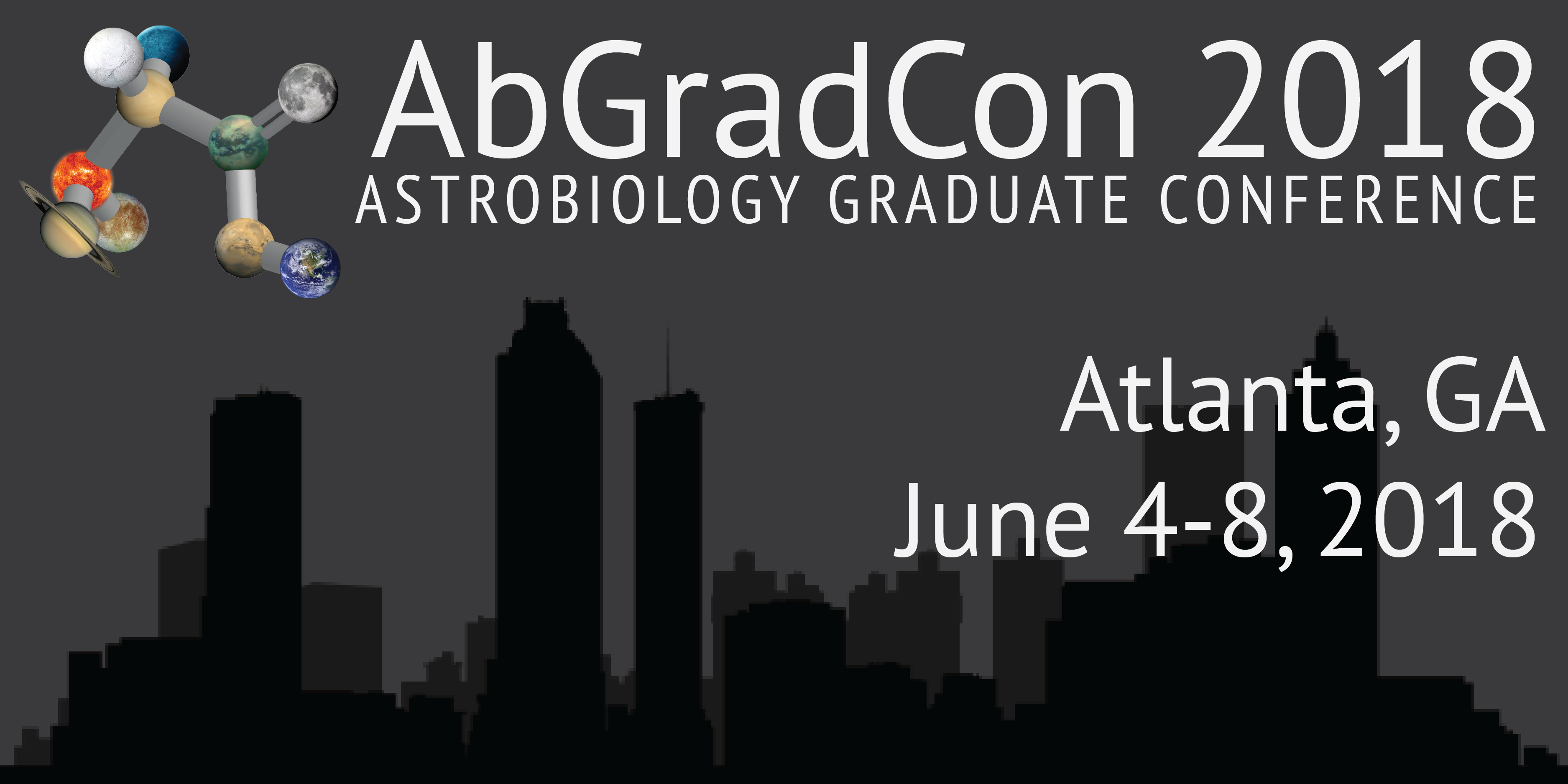
The Astrobiology Graduate Conference (AbGradCon) 2018, taking place June 4-8, will be webcast live via Livestream to SAGANet.org, the NASA Astrobiology Facebook page, and the NASA Astrobiology Institute Seminars and Workshops page.
For more information, visit the AbGradCon website.
Source: [AbGradCon]
June 04, 2018 • Posted by: Miki Huynh • Report issue
-
Maggie C. Turnbull Astrobiology Early Career Service Award

The Conveners of the 2018 Astrobiology Graduate Conference and the Berkeley SETI Research Center are proud to announce the creation of a new early career community service award in honor of Maggie C. Turnbull, the founder of the Astrobiology Graduate Conference.
The call for Award Nominations are open through June 3rd, 2018.
Source: [SAGANet.org]
May 31, 2018 • Posted by: Miki Huynh • Report issue
-
Atmospheric Seasons Could Signal Life on Exoplanets
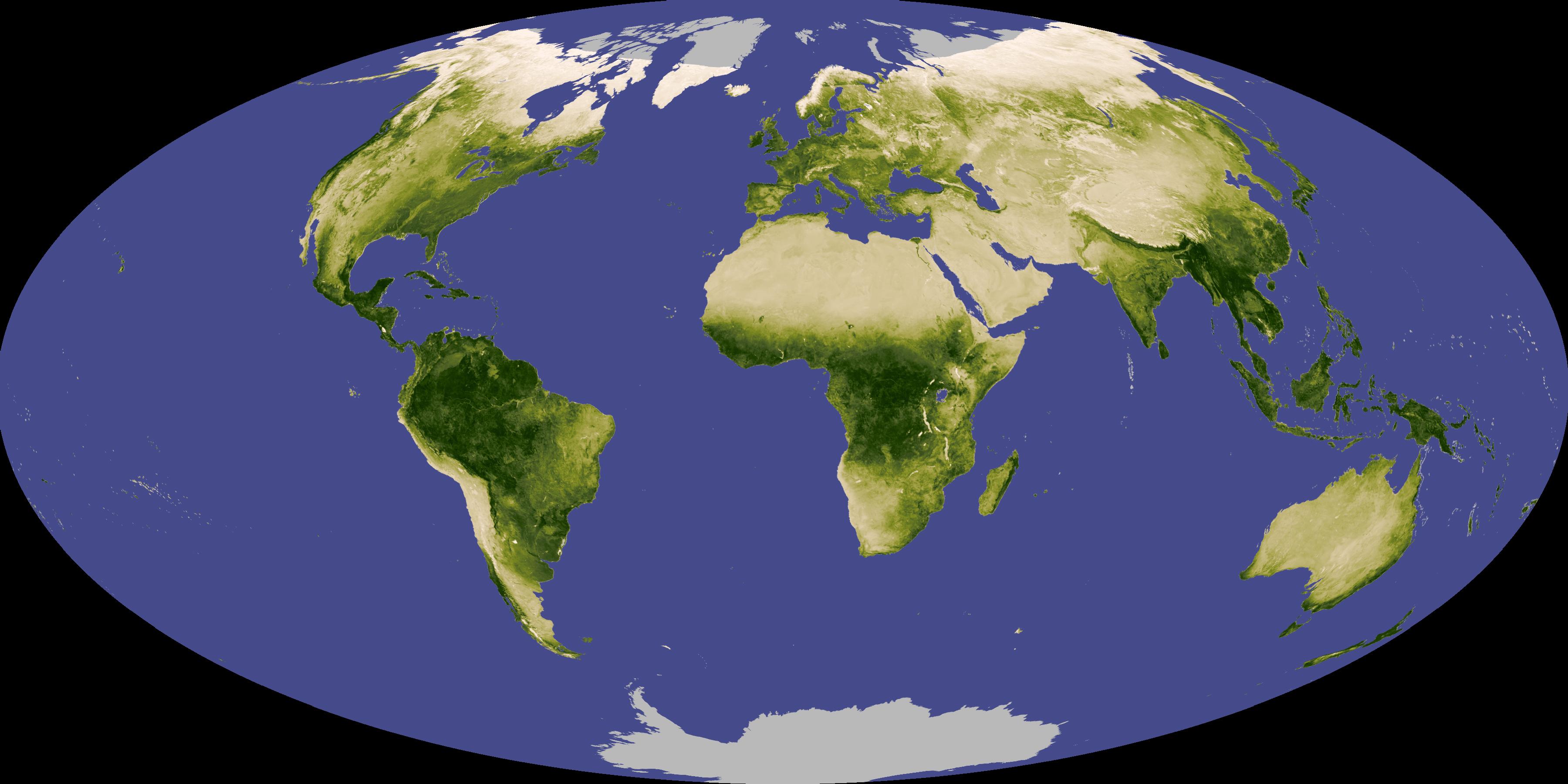
Satellites monitor how ‘greenness’ changes with Earth’s seasons. Image source: NASA (via UCR)The current approach to the search for life on exoplanets involves scanning for biological signs, such as in the chemistry of the atmosphere and the presence of molecules like O2, CO2, and CH4. However, a detected presence, or absence, of a biosignature alone may only give us a partial or inaccurate picture.
Scientists with the NASA Astrobiology Institute Alternative Earths team based at the University of California, Riverside are devising a new strategy, and they are developing the first quantitative framework for investigating dynamic biosignatures based on seasonal changes in the Earth’s atmosphere. Just as the balance of atmospheric gases on Earth shift from season to season, patterns of change in atmospheric conditions over time could also naturally occur on exoplanets.
“Atmospheric Seasonality as an Exoplanet Biosignature” is published in the The Astrophysical Journal Letters.
A press release by Sarah Nightingale is available through UCR Today. The story has been picked up by news outlets including Eureka Alert and Fox News.
Source: [University of California, Riverside]
May 24, 2018 • Written by: Miki Huynh • Report issue
-
Genome Sequence of a Chemolithoautotrophic Sulfur and Iron Oxidizer
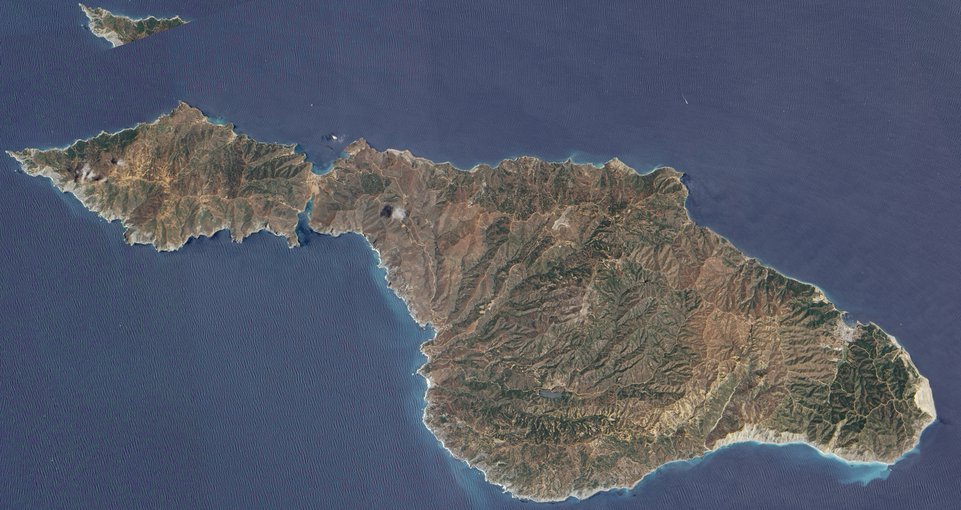
Southwest of the Los Angeles coast lies Santa Catalina Island, a 35-kilometer- (22-mile-) long island that runs roughly northwest to southeast, and spans 13 kilometers (8 miles) at its widest point. Image credit: NASA Earth ObservatoryResearchers have sequenced the genome of Hydrogenovibrio sp. strain SC-1, a microaerophilic neutrophilic iron-oxidizing bacteria. This bacteria was isolated from pyrrhotite, which was incubated in situ in marine surface sediments off of Catalina Island in southern California, USA. SC-1 is the only known iron-oxidizing bacterium in the family Piscirickettsiaceae, and can use energy from the oxidation of iron to grow. Bacteria with this ability are important to the cycling of iron in marine environments, which is an essential trace element that can limit primary productivity in surface waters. In additon, SC-1 is a member of a group of bacteria known for autotrophic thiosulfate oxidation and obligate chemolithoautotrophy.
The study, “Genome Sequence of Hydrogenovibrio sp. Strain SC-1, a Chemolithoautotrophic Sulfur and Iron Oxidizer ,” was published in the journal Genome Announcements. The work was supported in part by NASA Astrobiology through the Exobiology Program and the NASA Astrobiology Institute (NAI).
Source: [Astrobiology at NASA]
May 22, 2018 • Written by: Aaron Gronstal • Report issue
-
New Book Published on the Societal Impact of Astrobiology
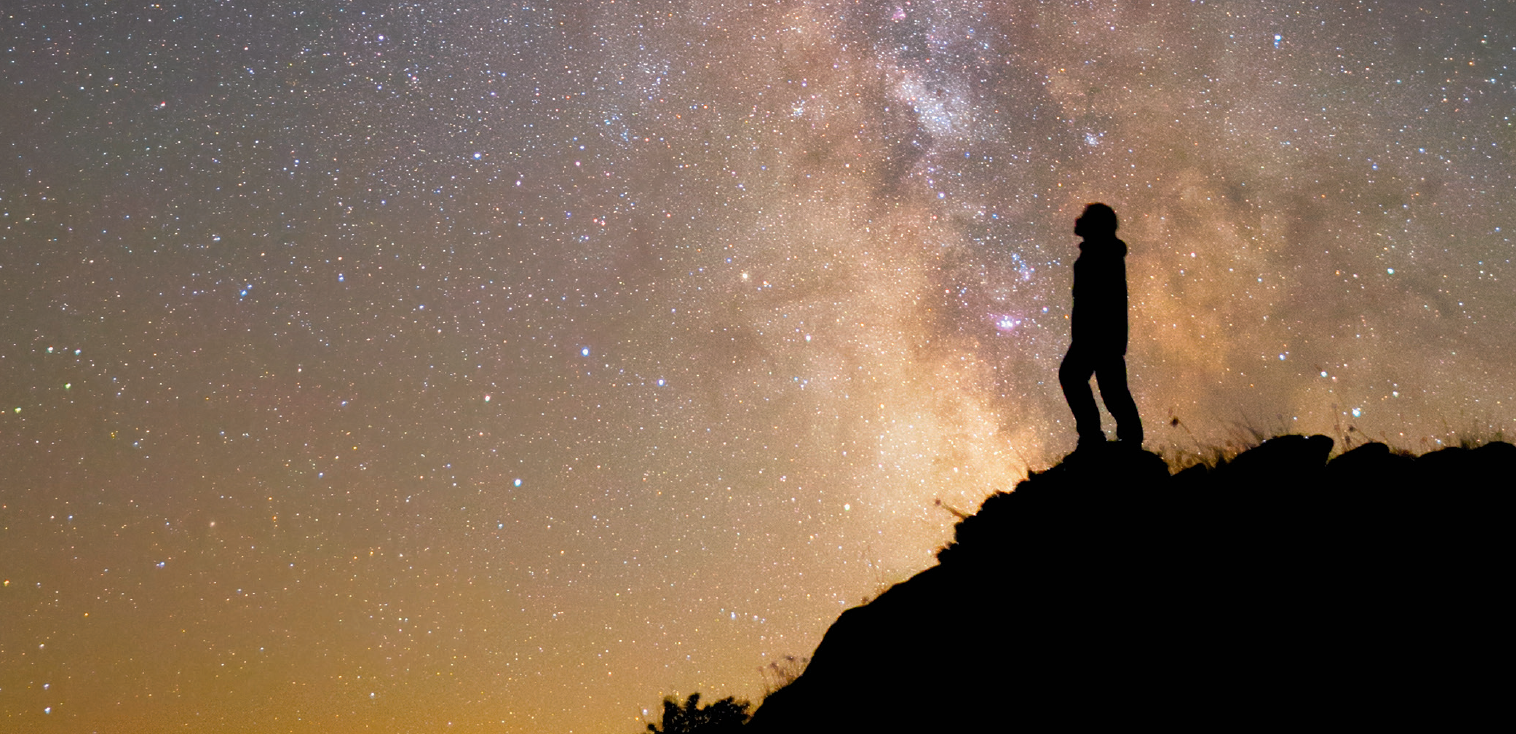
From the cover of Astrobiology, Discovery, and Societal Impact by Steven J. Dick, the second Baruch S. Blumberg/Library of Congress Chair.What will happen if we discover life beyond Earth, either microbial or intelligent? Steven Dick, the second Baruch S. Blumberg NASA/Library of Congress Chair in Astrobiology, has just published a book on this subject based on his research at the Library of Congress.
Source: [Steven J. Dick / Cambridge University Press]
May 17, 2018 • Posted by: Miki Huynh • Report issue
-
NASA and ESA Statement of Intent (SOI) to Develop Joint Mars Sample Return Plan

Artist's conception of the Mars Sample Return mission. Image source: NASA JPLOn April 26, 2018 NASA and European Space Agency signed a Statement of Intent (SOI) to jointly develop a Mars Sample Return plan to be submitted to their respective authorities by the end of 2019.
The joint statement of intent is available as a PDF athttps://mepag.jpl.nasa.gov/announcements/2018-04-26%20NASA-ESA%20SOI%20(Signed).pdf.
For more information on NASA’s Mars Exploration Program Analysis Group (MEPAG) and to view announcements, visit: https://mepag.jpl.nasa.gov/announcements.cfm?expand=hq
Source: [MEPAG]
May 11, 2018 • Posted by: Miki Huynh • Report issue
-
NASA Selects New Science Teams for the NASA Astrobiology Institute

Please join the NASA Astrobiology Institute (NAI) in welcoming three new research teams to the Institute!
Evolution of Nanomachines in Geospheres and Microbial Ancestors (ENIGMA)
Rutgers University, New Brunswick, New JerseyLed by Professor Paul Falkowski, the ENIGMA team will investigate how proteins evolved to become the catalysts of life on Earth by looking at prebiotic molecules and enzymes that are ancestral and common across many types of microbes.
The Astrobiology Center for Isotopologue Research (ACIR)
Pennsylvania State University, University Park, PennsylvaniaACIR, led by Professor Kate Freeman, will address how the features of elements within molecules reveal the origins and history of organic compounds, from compounds that arrived from planetary environments to those that were derived from metabolic systems, using cutting-edge observational and computational tools.
Habitability of Hydrocarbon Worlds: Titan and Beyond
NASA’s Jet Propulsion Laboratory (JPL)Pasadena, CaliforniaDr. Rosaly Lopes will lead research at JPL focusing on Saturn’s largest moon, Titan, to address what habitable environments may exist on the moon and what potential signatures of life would be expected, using data from the Cassini-Huygens mission. These data cover a wide swath of the moon, from beneath its surface all the way up through its thick atmosphere.
Source: [NASA]
May 09, 2018 • Written by: NASA • Report issue
-
NASA’s InSight Spacecraft on Its Way to Mars
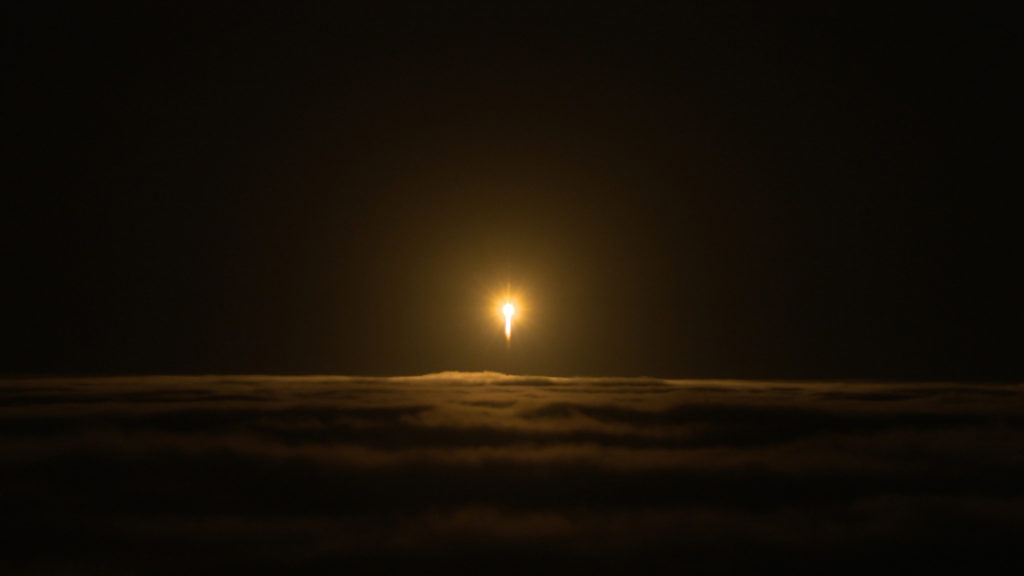
A United Launch Alliance Atlas V rocket lifts off from Space Launch Complex-3 at Vandenberg Air Force Base, California, carrying NASA's Interior Exploration using Seismic Investigations, Geodesy and Heat Transport (InSight) Mars lander. Liftoff was at 4:05 a.m. PDT (7:05 a.m. EDT). Photo Credit: NASA/Cory HustonNASA’s Interior Exploration using Seismic Investigations, Geodesy and Heat Transport (InSight) spacecraft is on its way to Mars. InSight launched on a United Launch Alliance (ULA) Atlas V 401 rocket at 4:05 a.m. PDT (7:05 a.m. EDT), May 5, from Space Launch Complex-3 at Vandenberg Air Force Base in California.
InSight is the first interplanetary mission to launch from the West Coast, and will be the first mission to look deep beneath the Martin surface. It will study the planet’s interior by measuring its heat output and listening for marsquakes. InSight will use the seismic waves generated by marsquakes to develop a map of the planet’s deep interior. The resulting insight into Mars’ formation will provide a better understanding of how other rocky planets, including Earth were created.
The full press release, as well as up to date information, is available at the NASA Insight Mission website.
Source: [NASA]
May 07, 2018 • Written by: NASA • Report issue
-
Victoria Meadows Receives the 2018 Drake Award

Dr. Victoria Meadows received SETI's Drake Award in June 2018. Image Source: University of Washington.Victoria Meadows wants to know what life beyond Earth looks like. How can we tell whether a neighboring exoplanet located 4 or 20 or 100 lightyears away from Earth is able to sustain life? At the NASA Astrobiology Institute Virtual Planetary Laboratory, Victoria and her team are developing computer models to understand how stars and planets interact to enable a planet to support life, and how even primitive life might impact its planetary environment in ways we could detect and interpret over interstellar distances.
On June 14, 2018, the SETI Institute will recognize Victoria S. Meadows with the 2018 Drake Award in celebration of her contributions to the field of astrobiology and her work as a researcher, leader and inspiration for everyone working in her field.
Read the full press release from the SETI Institute.
Source: [SETI]
May 04, 2018 • Written by: SETI • Report issue
-
Announcing Early Career Collaboration Award Selections

Selections for the April 2018 Early Career Collaboration Award (ECCA) have been made! Congratulations to this year’s recipients of the spring awards for research dedicated to astrobiology.
Source: [ECCA]
May 03, 2018 • Posted by: Miki Huynh • Report issue
-
NAI Awards Early Career Scholarships for Travel to Western Australian Field Sites
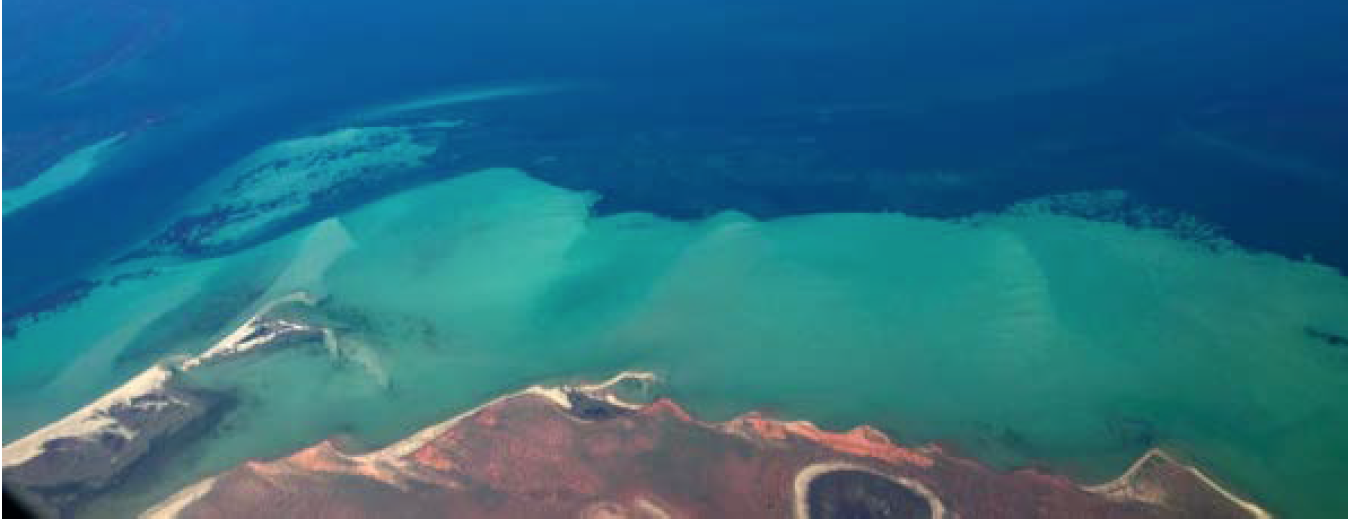
Image source: ACAThe NASA Astrobiology Institute (NAI) has selected six early career astrobiologists to participate in a 10-day trip to astrobiology-relevant field sites in Western Australia. The 2018 Australian Astrobiology Tour is organized by the Australian Centre for Astrobiology (ACA) and led by Professor Martin Van Kranendonk, a leading expert in Precambrian geobiology. The field trip will include visits to remote sites of fossilized stromatolites from the c. 1.8 Ga Duck Creek Dolomite and c. 2.4 Ga Turee Creek Group, and a walk through the transition across the rise of atmospheric oxygen (the GOE).
May 02, 2018 • Written by: Melissa Kirven-Brooks • Report issue
-
How Tidally-Locked Planets Could Avoid a ‘Snowball Earth’ Fate

An artist’s impression of a "Snowball Earth". Image credit: NASA.Tidally-locked planets in the habitable zone of stars may be able to avoid global ice ages, according to a study that models the interplay of where ice forms and how it reflects sunlight. Meanwhile, a second study has found that planets that are strongly tilted are more likely to experience sudden ice ages.
The “habitable zone” around stars, where it’s warm enough for liquid water to exist on an Earth-like world’s surface, has long been the gold standard in assessing the potential for life on other worlds, but as our understanding of astrobiology deepens, scientists are looking for other clues to habitability.
Read more at Astrobiology Magazine.
Source: [Astrobiology Magazine (astrobio.net)]
April 26, 2018 • Written by: Charles Q. Choi • Report issue



